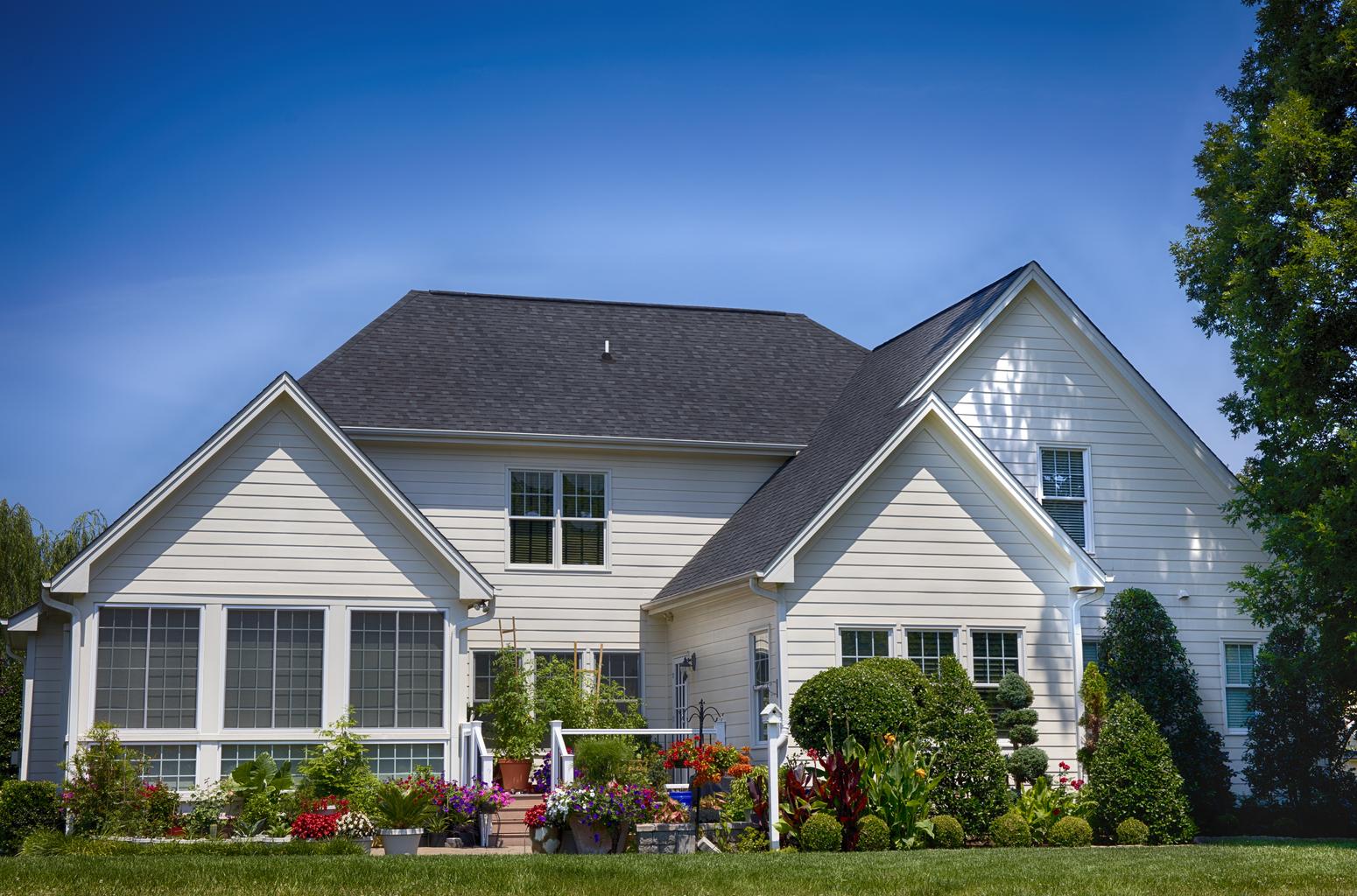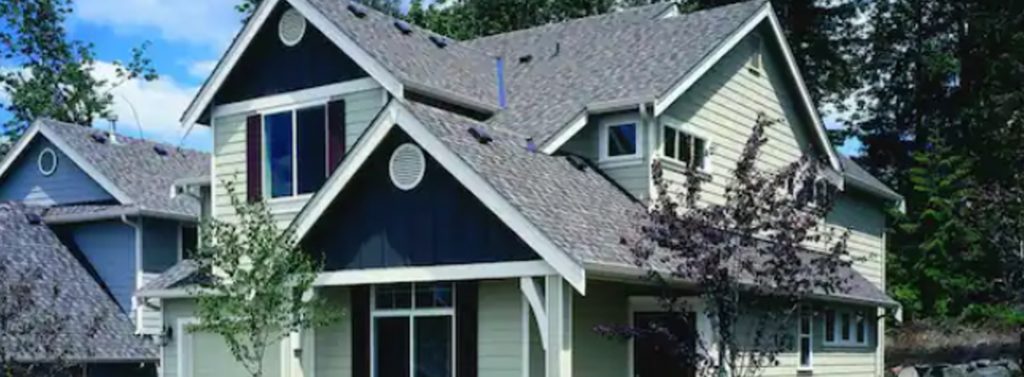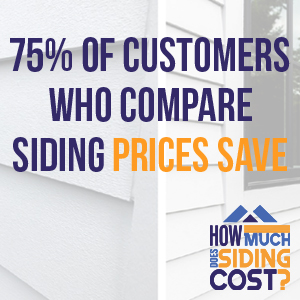
How Much is Siding For a House? | 2023 Siding Cost Guide
If you’re looking to update the exterior of your home in 2023, one of the options you might be considering is installing new siding. Siding not only improves the appearance of your house, but it can also provide protection against the elements and increase your home’s energy efficiency. However, before you start your siding project, it’s important to understand the costs involved.

The cost of siding a house can vary depending on a variety of factors, including the type of siding material, the size of your home, and the complexity of the installation. Here’s a breakdown of what you can expect to pay for different types of siding:
Vinyl Siding:
Vinyl is a popular and affordable option for siding, with an average cost of $3.59 to $8 per square foot installed. The cost will depend on the thickness and quality of the vinyl, as well as the size and complexity of your home. For a typical 1,500 square foot home, you can expect to pay between $5,385 and $10,500 for vinyl siding installation.
Fiber Cement Siding:
Fiber cement is a durable and low-maintenance siding option that can mimic the look of wood or stucco. The average cost of fiber cement siding installation is $6.88 to $12 per square foot, depending on the quality and thickness of the material. For a 1,800 square foot home, you can expect to pay between $12,384 and $18,000 for fiber cement siding.
Wood Siding:
Wood siding is a classic and natural option that can give your home a warm and inviting look. The cost of wood siding installation will depend on the type of wood used, with cedar and redwood being more expensive than pine or spruce. On average, you can expect to pay between $8 and $12 per square foot for wood siding installation, making the cost of siding a 1,200 square foot home between $9,600 and $18,000.
Aluminum Siding:
Aluminum siding is a lightweight and durable option that is resistant to rust and insects. The cost of aluminum siding installation is similar to vinyl, with an average cost of $3 to $6 per square foot. For a 2,000 square foot home, you can expect to pay between $6,000 and $9,000 for aluminum siding installation.
Brick Siding:
Brick is a traditional and long-lasting siding option that can provide excellent insulation and protection against the elements. The cost of brick siding installation is higher than other siding options, with an average cost of $10 to $15 per square foot. For an 1,800 square foot home, you can expect to pay between $18,000 and $22,500 for brick siding installation.

In addition to the cost of the siding material, there are other expenses to consider, such as the cost of labor, permits, and any necessary repairs to the underlying structure of your home. To get an accurate estimate for the cost of siding your house, it’s important to consult with a professional siding contractor.
Overall, the cost of siding a house can vary greatly depending on the materials and size of your home. However, by investing in high-quality siding, you can improve your home’s curb appeal, protect it from the elements, and increase its value.
Additional Points to Consider When it Comes to the Cost of Siding a House:
- Installation costs: The cost of labor can vary depending on your location and the complexity of the installation. Some contractors may charge a flat rate per square foot, while others may charge an hourly rate. It’s important to get quotes from multiple contractors to compare prices and ensure you’re getting a fair price.
- Additional costs: In addition to the cost of the siding material and labor, there may be other expenses to consider, such as the cost of permits, debris removal, and repairs to the underlying structure of your home. These costs can add up quickly, so it’s important to factor them into your budget.
- Energy efficiency: Installing new siding can help improve your home’s energy efficiency by reducing air leaks and heat loss. This can help lower your monthly energy bills and save you money in the long run. However, some types of siding may be more energy-efficient than others, so it’s important to consider this when choosing your siding material.
- Maintenance costs: While some types of siding, like vinyl and aluminum, require little to no maintenance, other types, like wood and brick, may require regular upkeep. This can include painting, staining, or sealing the siding to protect it from the elements. It’s important to factor in the long-term maintenance costs when choosing your siding material.
- Return on investment: Installing new siding can be a significant investment, but it can also increase the value of your home. According to Remodeling Magazine’s Cost vs. Value report, the average return on investment for a siding replacement project is around 70%, making it a smart investment for homeowners looking to improve their home’s value.
In conclusion, the cost of siding a house can vary depending on a variety of factors, including the type of siding material, the size of your home, and the complexity of the installation. While it can be a significant investment, it can also improve your home’s curb appeal, protect it from the elements, and increase its value. It’s important to do your research, get multiple quotes from contractors, and factor in all of the associated costs when budgeting for your siding project.
